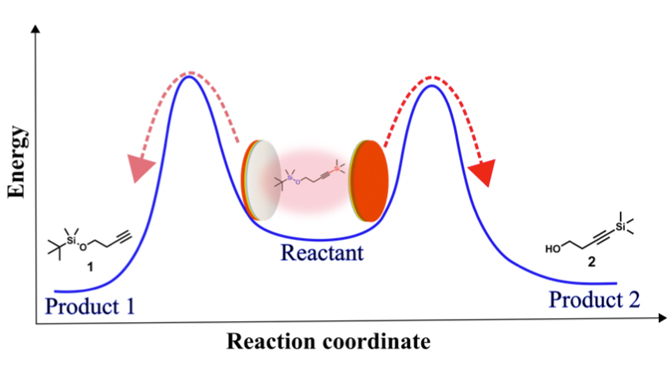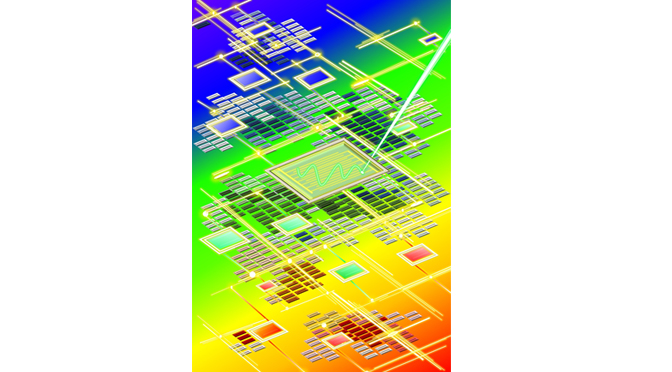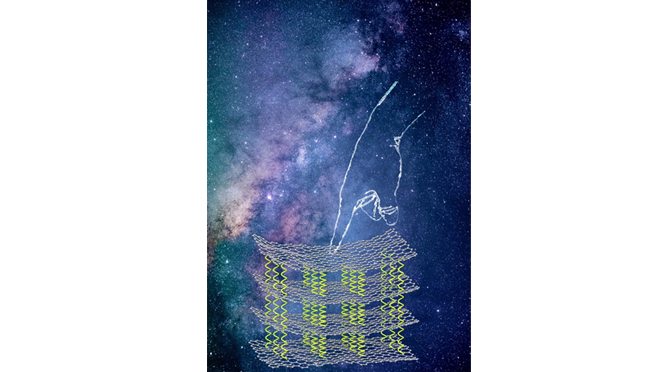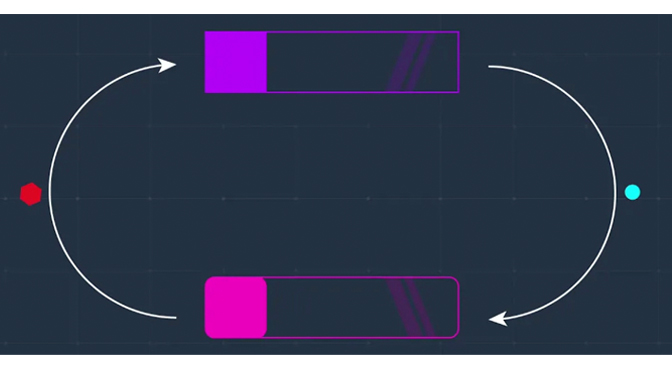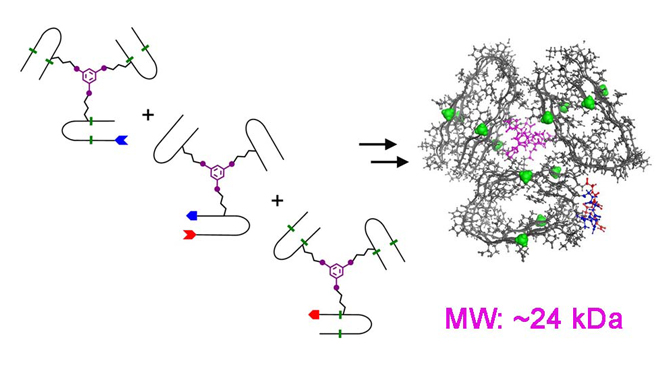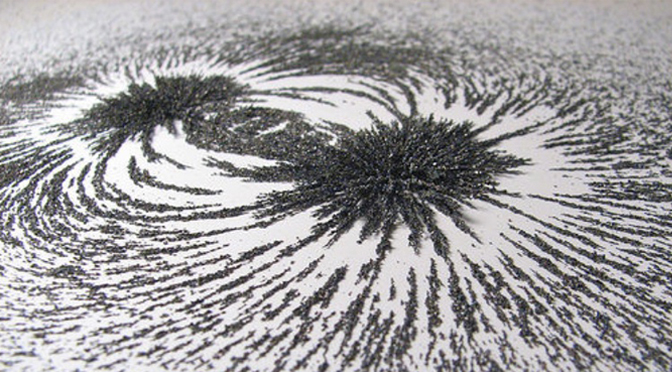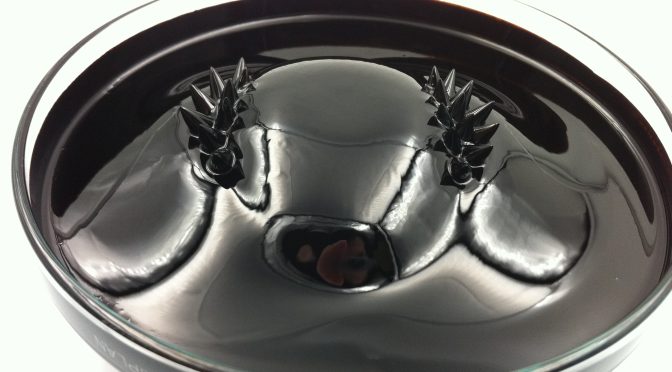A chemical reaction transforms the molecules that make up matter. To influence chemical reactions, chemists typically act on the molecules themselves, rather than the space in which the reaction takes places. However, researchers at the University of Strasbourg have shown that chemical reactions can indeed be influenced simply by conducting them between two appropriately spaced mirrors, kept only micrometers … Continue Reading ››
Prof. Amir Hoveyda (Boston College) will join ISIS
The priority research programme “Make our planet great again” was launched by the Minister of Higher Education, Research and Innovation, and the Secretary General for Investment. Today, the 12 high-level laureates have been selected by an international jury to join leading French laboratories in the fight against climate change. It is our great … Continue Reading ››
Enlightening full-color displays
Researchers from the University of Strasbourg & CNRS (France), in collaboration with University College London (United Kingdom), and Humboldt University Berlin (Germany), have shown that a subtle combination of light-emitting semiconducting polymers and small photoswitchable molecules can be used to fabricate light-emitting organic transistors operating under optical remote control, paving the way to the next … Continue Reading ››
The art of pastry: a graphene mille-feuille for highly sensitive health monitoring
Researchers from the University of Strasbourg & CNRS (France), in collaboration with Adam Mickiewicz University in Poznań (Poland) and the University of Florence (Italy), have developed a new generation of pressure sensors based on graphene and molecular “springs”. Thanks to their highest sensitivity, these devices are ideally suited for health monitoring and point-of-care … Continue Reading ››
Oscillating artificial microtubules
Oscillating artificial microtubules
Chemically fuelled processes control size oscillations of natural fibres inside the body such as microtubules or actin filaments. Researchers from the University of Strasbourg have now discovered similar size oscillations in a completely artificial system. Brightly coloured molecules form extended supramolecular fibres that can be controlled by redox chemistry. In a … Continue Reading ››
Flipping the switch on supramolecular electronics
Flipping the switch on supramolecular electronics
Researchers from the University of Strasbourg & CNRS (France), in collaboration with the University of Mons (Belgium), the Humboldt University of Berlin (Germany), and the University of Trento (Italy), have created photoswitchable molecular lattices on two-dimensional materials and exploited them to fabricate high-performance hybrid devices with light-controllable electrical … Continue Reading ››
TOTAL CHEMICAL SYNTHESIS AND BIOPHYSICAL PROPERTIES OF A DESIGNED SOLUBLE 24 KDA AMYLOID ANALOGUE
Researchers from the team of Protein Chemistry at the University of Strasbourg demonstrated a novel approach to study molecular recognition in amyloids. The findings that have implications for the development of diagnostic tools for protein misfolding diseases are published in Chemical Science and selected by the editors to be part of the 2018 Chemical Science … Continue Reading ››
Direct photolithography on molecular crystals for high performance organic optoelectronic devices
{{unknown}}
CO2 coupling on iron parallels ancient biological pathway
Researchers at the University of Strasbourg have discovered a striking similarity between the way carbon dioxide (CO2) reacts with metals and the way that ancient microbes use CO2 to build their biomass, providing potential insight into how chemistry on the early Earth foreshadowed biochemistry in the first organisms.
The study was funded by the European Research … Continue Reading ››
2 PhD positions in (magnetic) microfluidics
Funded by "MAMI: Magnetics and Microhydrodynamics" there are 2 PhD positions available in the Hermans lab. Deadline for application: May 1st 2018. For more information visit: http://www.mamifluidics.com

